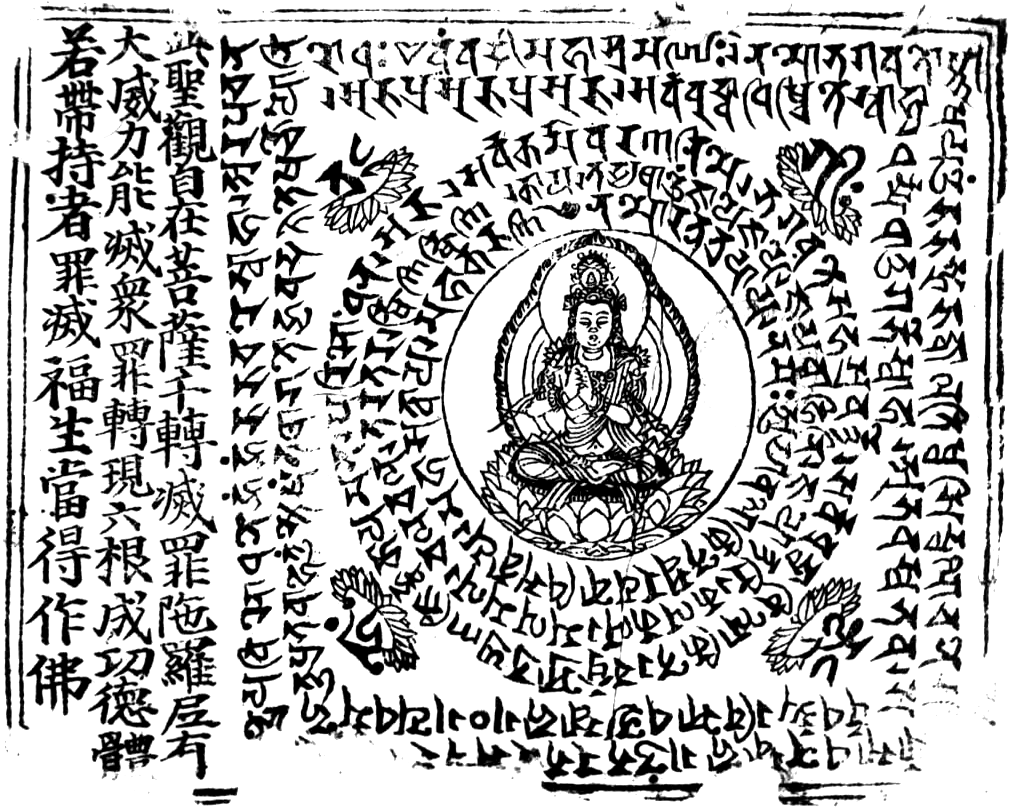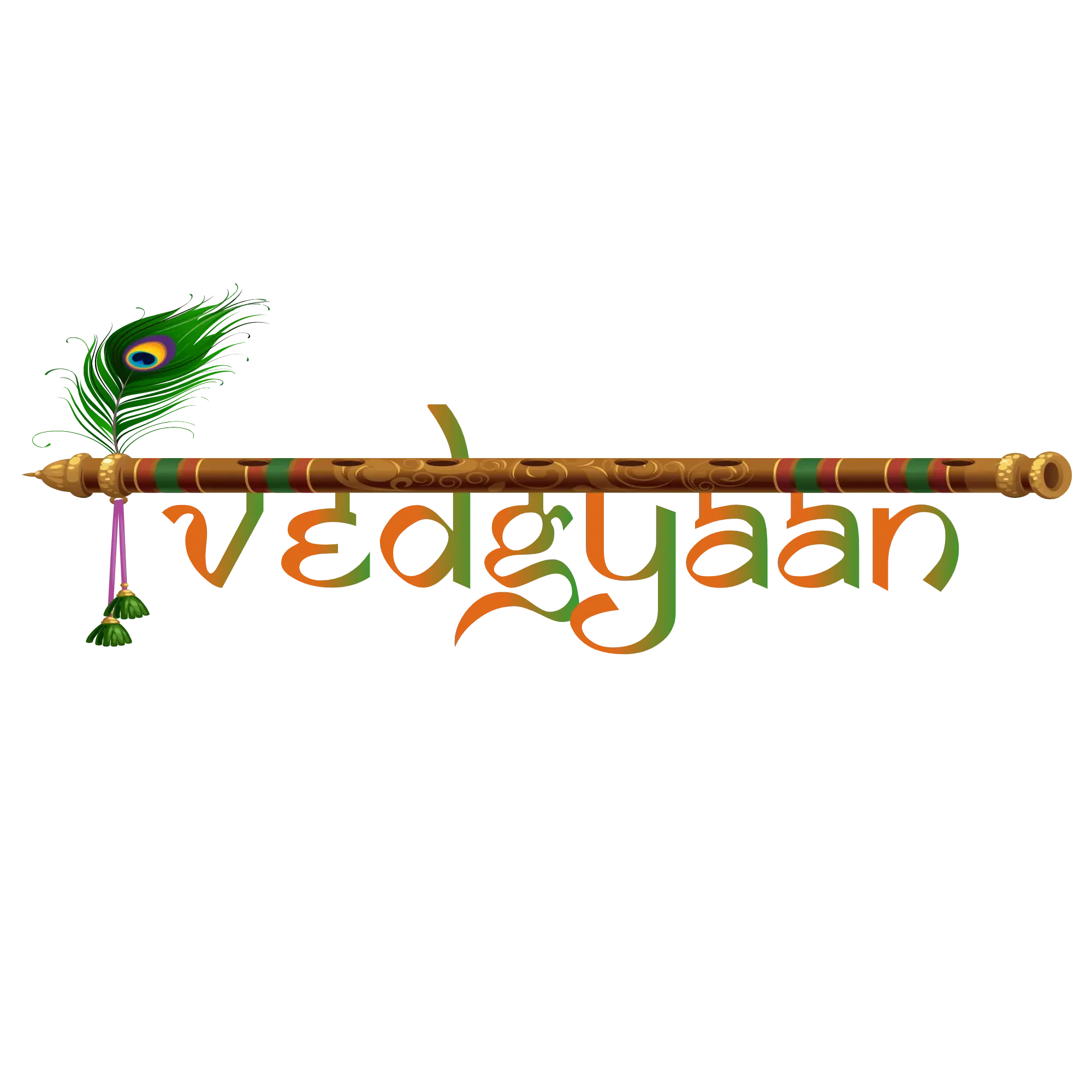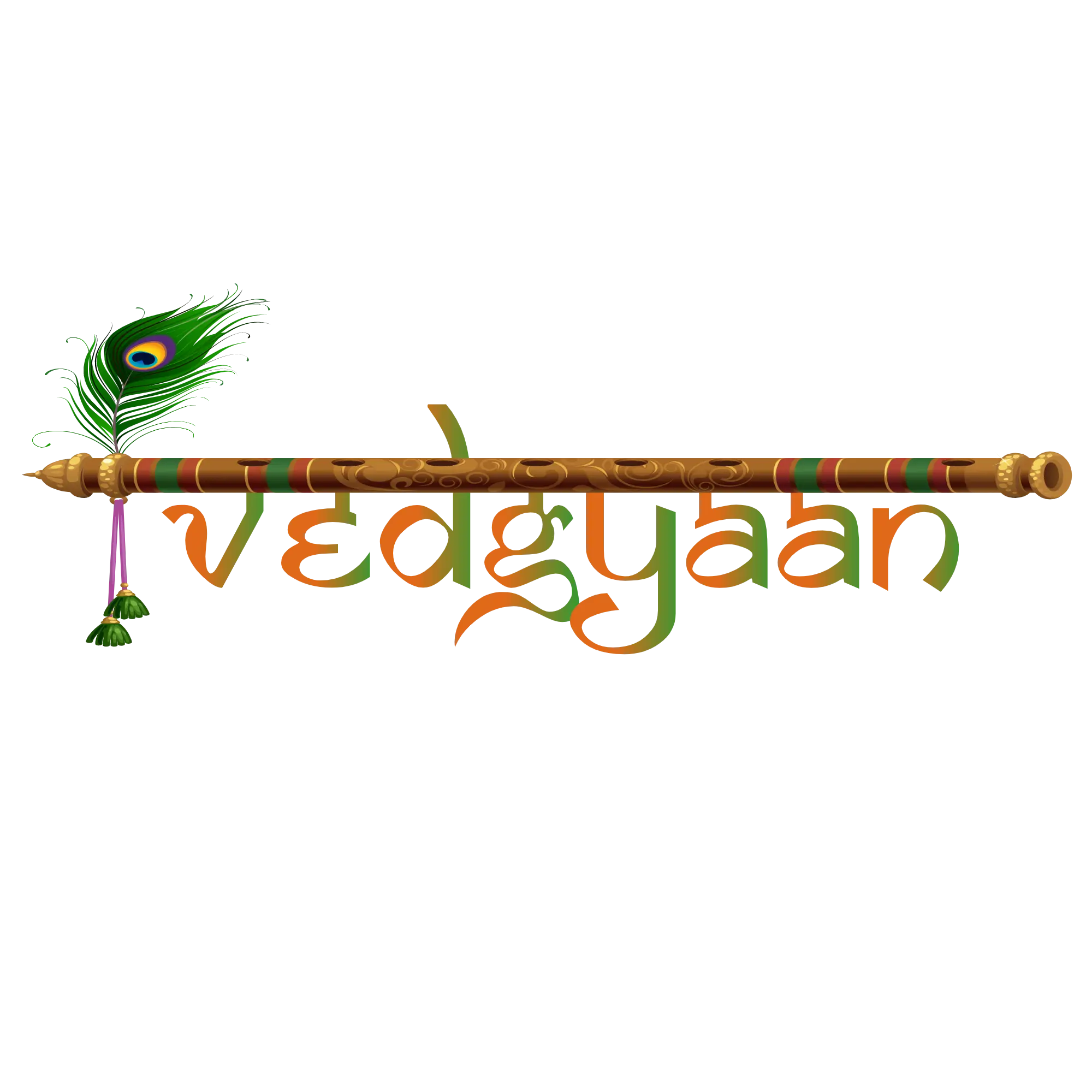The heart and soul of Hinduism, the most sacred sounds in existence, the invocation of the holiest of holies, and the divine tool or weapon of immense spiritual power, Mantras together form the vast array of Hindu scriptures, brimming in symbolism and deep meaning. Bestowing enlightenment and one’s deepest desires upon its recitations, Devotees far and wide turn to Mantras for healing, knowledge, assistance, protection, and true liberation of the soul.

What is a Mantra?
A Mantra is a holy and sacred sound, a word sentence, or group of sentences that carry the divine power and spiritual power of the Gods. Mantras are the heart and soul of Hinduism and are often used to invoke deities, carry out rituals and discover one Atman (Soul).
The beginning of the Universe is said to have originated with the sound “Ohm”, the very first Mantra and sound to be uttered. It is widely believed that Mantras such as “Ohm” have a positive impact on humans- encouraging peace of mind and feelings of calm.
Melodic and Rhythmic, Mantras carry profound meaning that can lead to the enlightenment of one’s mind. When recited or narrated, Mantras are said to be symbolic of the human yearning for peace, knowledge, love, truth, light, immortality, and action.
A structured formulaic expression of one’s thoughts, Mantras are not only considered as religious thought or prayer but also as a “spell of supernatural power”. It is used as a means or a tool to produce enlightening thoughts or emotions in one’s mind.
Origin and meaning of Mantra
With Vedic roots, the word Mantra was derived from the Sanskrit word “Man”, which translates to “to think”. The word Mantra is said to have two elements or aspects – the seed “Dhatu Mantra” and the affix “Krit Prataya Ghan”. Dhatu Mantra refers to “protected speech” and the Krit Pratyaya Ghana refers to “the state of an activity”.
The use of Mantras began before 1000 BC. During the Vedic period, Mantras had gained immense popularity and soon became a melodic blend of religion, art, culture, and science.
Mantra in Hinduism
Mantras, in all their divine power and impact, form the backbone of Hinduism- forming the most sacred Hindu texts of all time, such as The Vedas, The Bhagavad Gita, The Puranas, and The Upanishads.
The Vedas are considered to be a body of literature depicting the nature of the Universe made up of a series of Mantras. The Rigveda is made up of 10,522 Mantras, which have been further classified into ten books referred to as “The Mandalas”.
It was believed that poetic verses and metered stanzas had the most profound effect on humans- invoking inspiration and spirituality within them. As a result, the divine knowledge of the Gods, the Universe, and of self soon began to be narrated poetically, forming the Mantras that form the sacred texts that shape Indian civilization today.
Mantras became especially important in a vast array of religious and spiritual activities, ranging from meditation to pujas. In fact, Mantras brought about such an intense emotion in devotees, which resulted in a variety of Hindu sects revering Mantras as a being of its own. In the Tantric tradition of Hinduism, each Mantra is considered to be a deity of its own. In the Linga Purana (sacred texts of Shaivism), Mantra is considered to be a form of Lord Shiva.
In addition to this, Mantras are considered to be a “sealing agent” of sorts, a means to solidify a ritual or act. In every Vedic ritual, religious acts such as ceremonies, pujas, or sacrifices are always coupled with one or several Mantras. Mantras are believed to increase the efficiency of various religious and spiritual activities and a tool of instruction.
Initially, during the early Vedic age, Mantras were simply a means to seek the help of the deities – to face uncertainties, to return lost items, to bring about good luck, or to achieve some material desire. However, over the centuries, Mantras have evolved and are now a means to achieve a spiritual connection with the Gods, to escape the birth cycle and attain Moksha, and to achieve enlightenment and understanding of the soul.
Mantras began to become more poetic in nature, not necessarily having a literal meaning. The melodic and rhythmic nature of Mantras, however, was still considered to be transcendental, impacting one’s soul. Mantras are widely revered as “The spiritual language and instrument of thought”.
Mantras are said to have “six limbs” known as the Shadanga. The Shandanga are said to be essential for a Mantra to work to its full potential and be invoked properly. These Shadanga are – Seer(Rishi), Deity (Deva), Seed (Beeja), Energy (Shakti), Master (Chanda), and Kilaka (Lock).
Om
The sound “Om” is the most basic Mantra in Hinduism and is revered as the “Pranava Mantra”, or the originator of all Mantras. It is believed that during the origin of the Universe, Brahman (the supreme governing force of the universe) manifested as the sound “Om” and hence created life as we know it today.
Om is now considered to be the foundation of all other Mantras and prayers and hence, is spoken before any religious ceremony or activity.
Mantra Japa
It is believed that each Mantra has a specific, auspicious number of times that it needs to be recited to reach its full potential. This repetitive recitation of Mantras is known as “Mantra Japa”.
The most common Japa is 108, a very auspicious number in Hinduism. However, it can also range from 5 to 1008 times.
A Japa Mala – Hindu prayer beads – are fixed with a certain number of beads and are used by devotees while reciting Mantras. Devotees use their fingers to count the beads on the Mala as they recite a Mantra. Once they reach 108 beads, they repeat the entire process.
Popular And Powerful Mantras In Hinduism
Gayatri Mantra
The most universal and popular Hindu Mantra, and is used to invoke Brahman for the knowledge of the universe and the Sun for enlightenment.
The Gayatri Mantra belongs to the third book of the Rigveda,
Oṁ Bhūrbhuvaswaha Tat Savitur Varenyam bhargo devasya dhīmahi dhiyo yo naḥa prachodayāt
Which translates to,
Let us meditate on that excellent glory of the divine Light (Vivifier, Sun). May he stimulate our understanding (knowledge, intellectual illumination).
Pavamana Mantra
Another widely recited Mantra, the Pavamana Mantra is recited to seek out immortality and Moksha after death.
asato mā sad-gamaya, tamaso mā jyotir-gamaya, mṛtyor-māmṛtaṃ gamaya.
Which translates to,
From the unreal lead me to the real, from the dark lead me to the light, from death lead me to immortality.
Shanti Mantra
The Shanti Mantra is used to invoke peace between people. It belongs to the Taittiriya Upanishad and goes,
Oṁ Sahanā vavatu sahanau bhunaktu Sahavīryam karavāvahai Tejasvi nāvadhītamastu Mā vidviṣāvahai Oṁ Shāntiḥ, Shāntiḥ, Shāntiḥ.
Which translates to,
Om! Let the Studies that we together undertake be effulgent; Let there be no Animosity amongst us;
Om! Peace, Peace, Peace.
Mantras in Jainism
In Jainism, Mantras are used to seek forgiveness and salvation rather than materialistic desires or desires of the flesh. Mantras are also recited to worship deities such as Lakshmi, Saraswati, Nakoda, and Padmavati.
Mantras are also believed to enhance prosperity, intellect, and fame. They are often chanted out loud, but can also be recited in the mind in silence.
Mantras in Buddhism
Mantras are often used in Buddhism as a form of meditation. Most commonly, Mantras are in the form of Buddha’s name repeated and are known as “Buddha Mantras”. Mantras are also recited to invoke love, kindness, and compassion amongst devotees.
Mantra meditation is a fundamental aspect of Buddhism and is a common practice of Buddhism. It can be used to introspect, sharpen focus, observe the universe and let go of those things that are holding you back.
Conclusion
Mantras form the fundamental aspects of Hinduism and other southeastern religions since they act as a defining means to aid worship, meditation, and prayer. Composed of melodic verses and rhythmic stanzas, Mantras escape the lips of every devotee far and wide, they truly are carriers of divine power.


